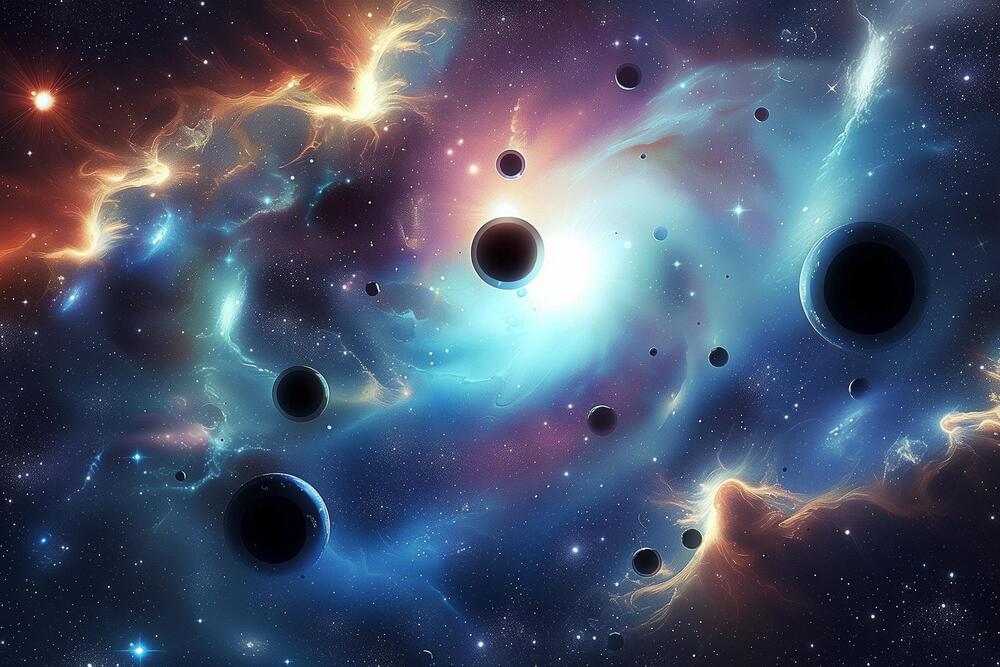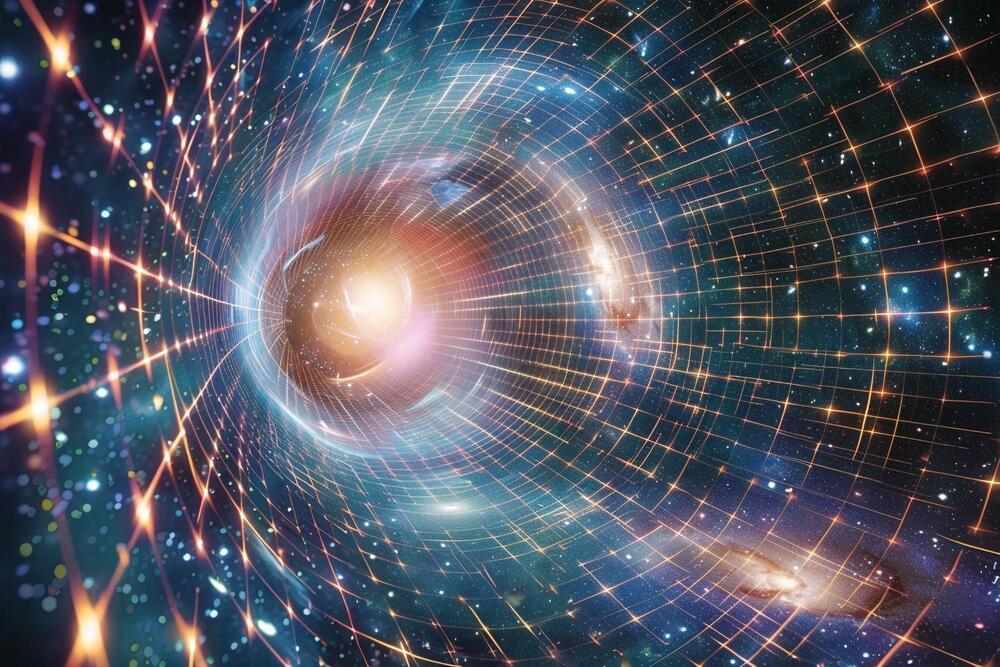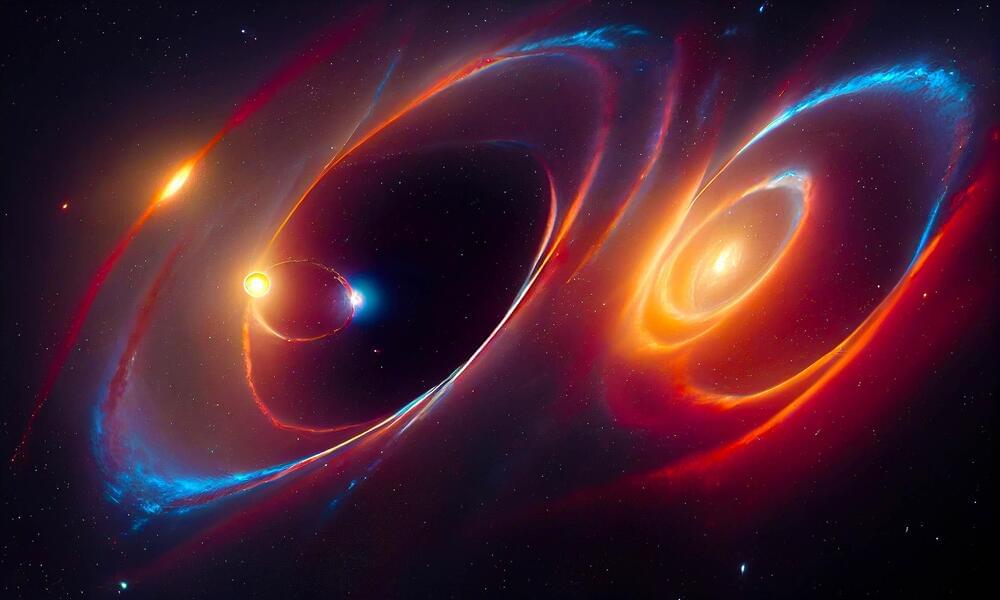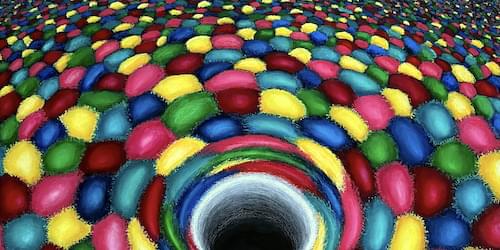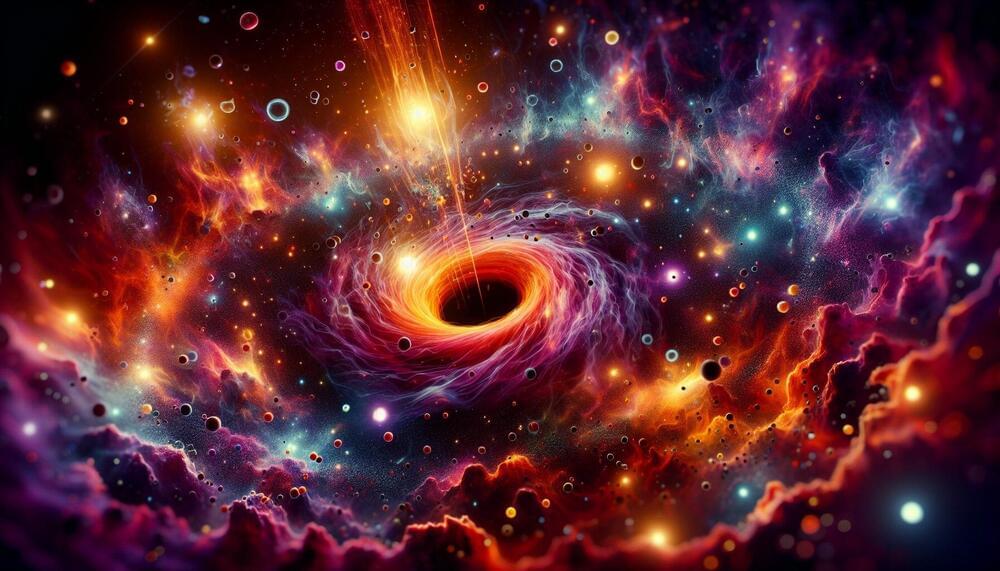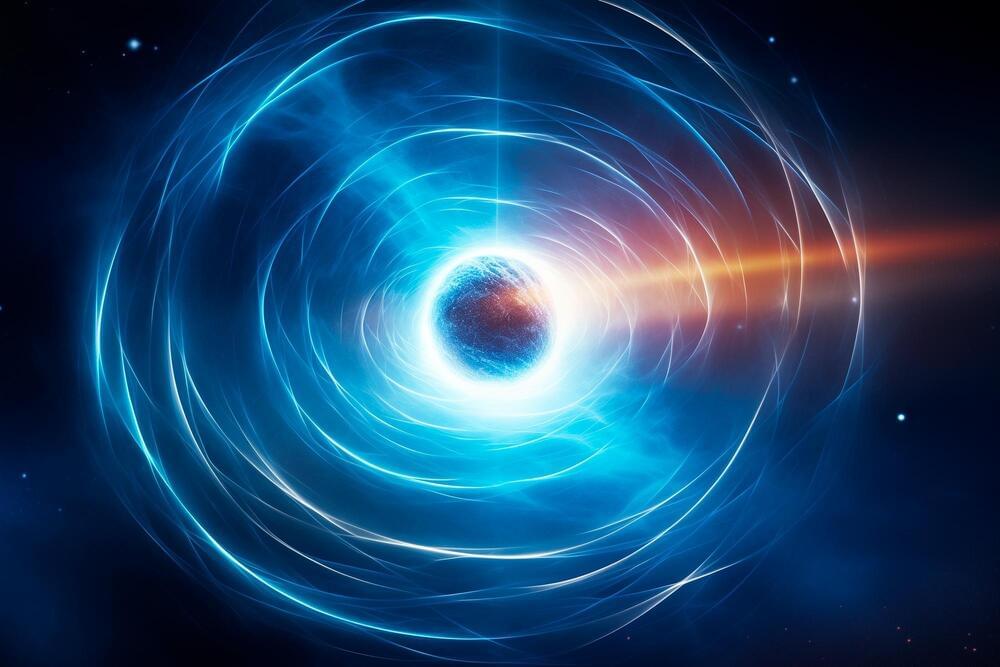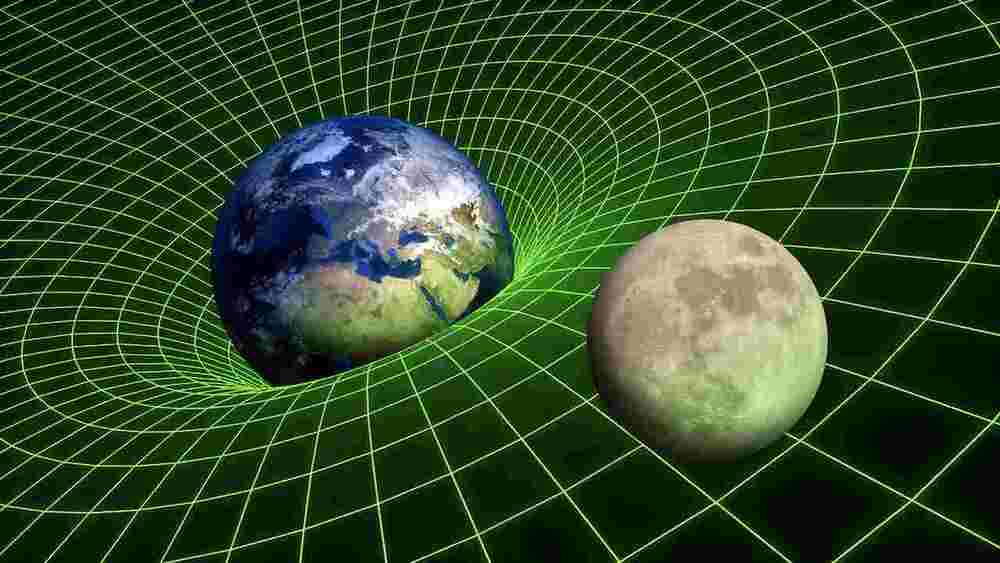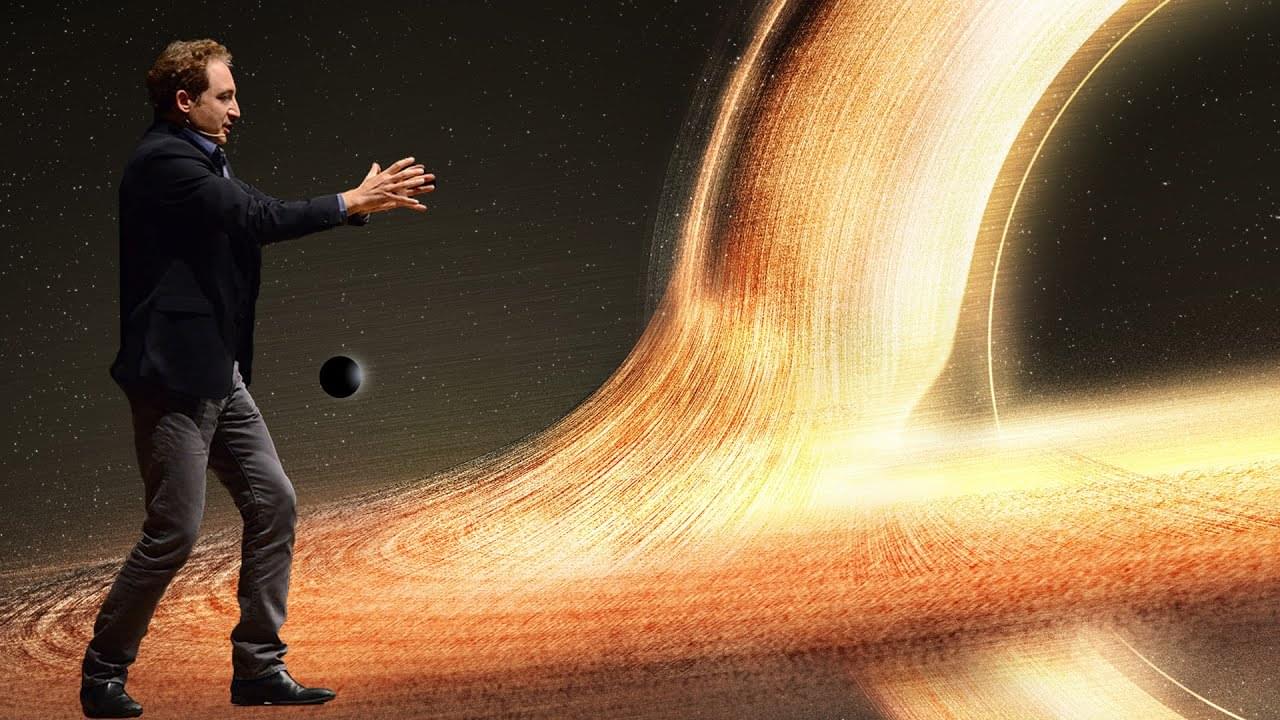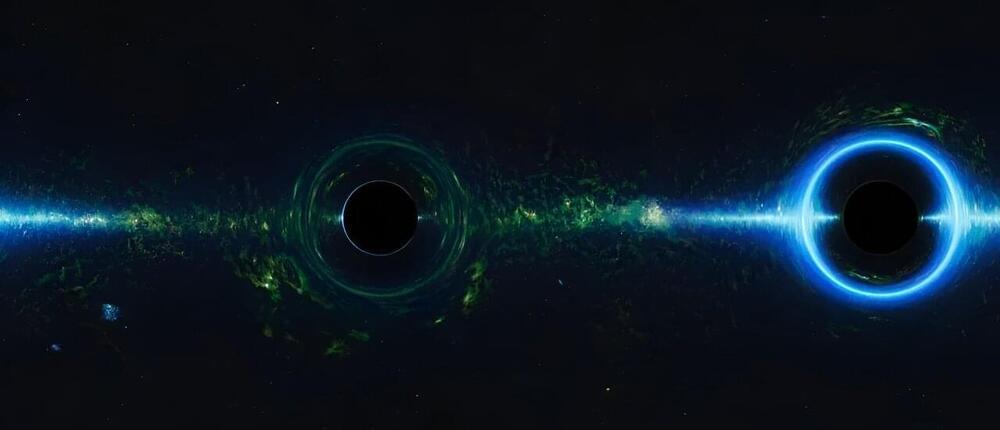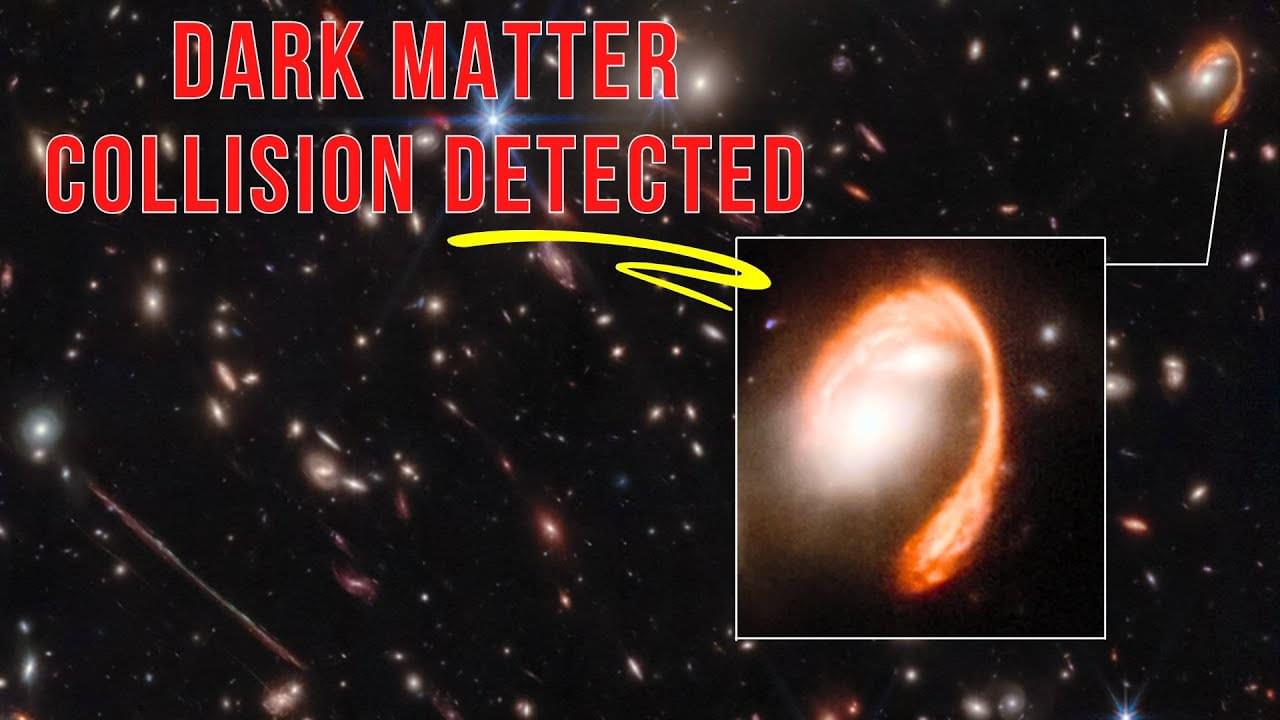Jun 10, 2024
Quantum Theory Unveils Surprising Black Hole Shortage
Posted by Saúl Morales Rodriguéz in categories: cosmology, quantum physics
Quantum field theory reveals potential flaws in models predicting numerous primordial black holes, suggesting fewer exist, which may impact theories of dark matter and the universe’s structure.
Researchers have applied the well-understood and highly verified quantum field theory, usually applied to the study of the very small, to a new target, the early universe. Their exploration led to the conclusion that there ought to be far fewer miniature black holes than most models suggest, though observations to confirm this should soon be possible. The specific kind of black hole in question could be a contender for dark matter.
The study, which was published recently in Physical Review Letters, was conducted by researchers at the Research Center for the Early Universe (RESCEU) and Kavli Institute for the Physics and Mathematics of the Universe (Kavli IPMU, WPI) at the University of Tokyo.
